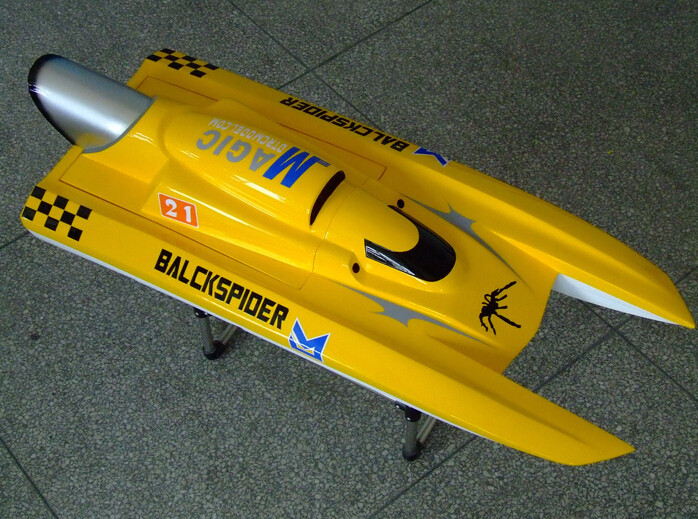

The Swordsfish is in part the result of a competition between Blackburn and Fairey over these multirole torpedo/bomber/recce biplanes the RN wanted. Gloster Gauntlet and Fairey Swordfish, 1936 Development of the Swordfish This was Fairey’s last great “navy bird”. The last model developed for the Navy was the Gannet, an ASW turboprop model deployed on all British aircraft carriers in the 1950s-70s. But it’s for a biplane, the Swordsfish, that the company is best remembered for. In 1935, the main production took place in the Heaton Chapel Stockport factory, from which emerged the monoplane Bomber Hendon, the Battle, Albacore, Fulmar, Firefly and Barracuda. It had also ties with Belgium, through the engineer Ernest Oscar Tips joining the company early on, and later Marcel Lobelle.

In between it gave aviation history many great models (and others less so), always close to the Royal Navy. The company diversified but got bankrupt in 1960. The interwar saw the company dividing its assets, the Propeller Division (Fairey-Reed Airscrews) in the Hayes factory, using Sylvanus Albert Reed patents, and main manufacturing plant at North Hyde Road, Hayes (Middlesex), flights tests being made at Northolt Aerodrome, Great West Aerodrome and Heston Airport and White Waltham in WW2 and afterwards. The Campania, operated from its namesake converted liner as a seaplane carrier, was the world’s first tailored aircraft for such use. Now, beyond the myth, let’s see the plane itself technically, and if these were its qualities, the pilots, the tactic/training or the events that made its so special.įairey Aviation started like many others in WWI: In 1915, it was funded by Charles Richard Fairey ( more on WWI planes), and started as the main supplier of the Royal Naval Air Service right away, providing the Royal Navy models such as the Hamble Baby, F.2, Campania, Fairey III and N.9 in 1917-18. Neither this one of the ungainly Barracuda that followed, a monoplane, never reached the same fame and adoration. The formula was so great that its designated successor, Albacore, was not only also a biplane, but never really shadowed it. The “string bag”, Swordfish, made by the British Fairey company, is fondly remembered now, cementing its place in the hall of fame of aviation due to its actions during WW2 and showing fighting qualities that outshined many other biplanes of the era.


 0 kommentar(er)
0 kommentar(er)
